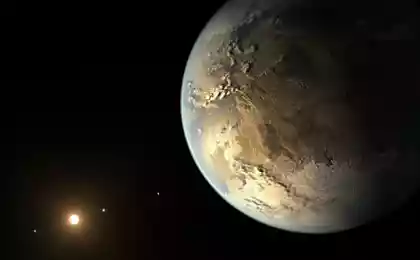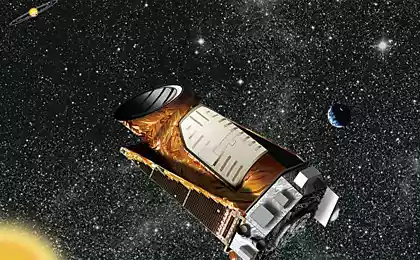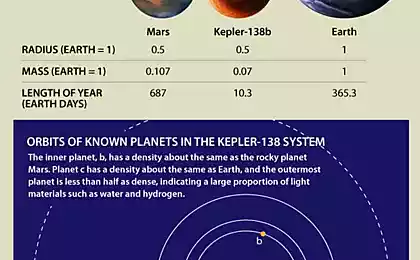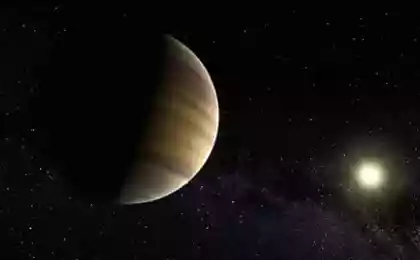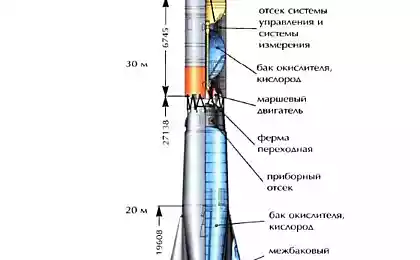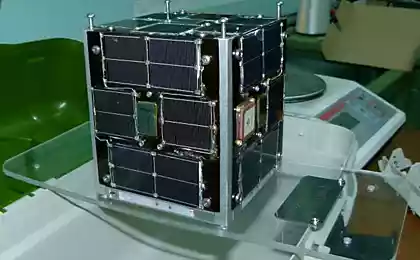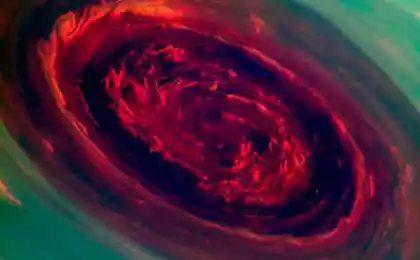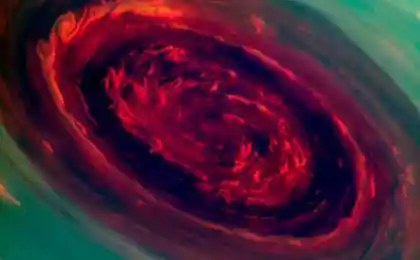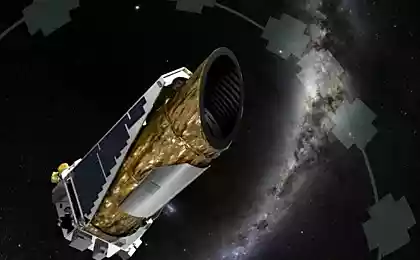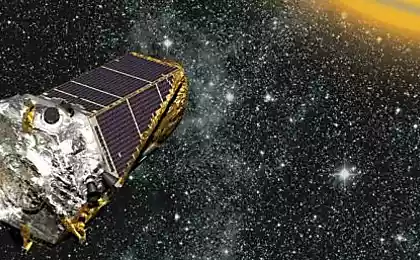463
The satellite Kepler has discovered an exoplanet
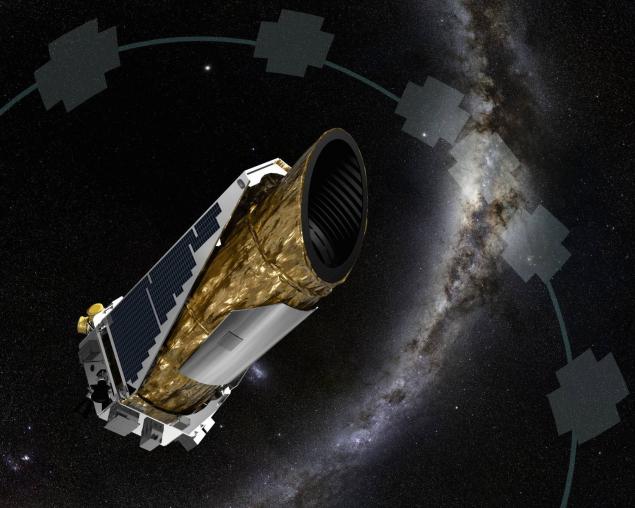
During the new of his mission, a NASA satellite detected the first K2 exoplanet. The discovery was made possible after the works of the engineers and astronomers associated with the conversion of the satellite to search the space of other worlds.
Due to the huge work aimed at implementation of innovative ideas, Kepler was able to detect the first candidate for the title of "planet". Research conducted by the space telescope James Webb to find traces of life and study distant worlds, now took over Kepler.
Director of astrophysics Paul Hertz
The planet discovered, named HIP 116454b, the diameter of our 2.5 times. It moves around a star located in the constellation Pisces, in nine days closed orbit. This star is much smaller than our Sun and it is colder.
Installed on Board the satellite cameras watch over the passage through the Meridian of the star. If a planet crosses a star, the last after it is fixed the camera. But, brightness is not always clearly distinguishable: the planet is smaller, the smaller the fading stars, but the more accurate can be the measurement. To precision to achieve, the vehicle should keep the stability of the direction. For stabilization, there are four flywheel. In the last mission one of them is out of order, which almost led to the completion of a long mission of Kepler.
But a team of scientists have not abandoned spacecraft, and used a clever strategy: it's used as a "virtual flywheel" the pressure of sunlight, which helped to control the spacecraft. Thus, they saved not only the mission, but she was able to "hunting for planets", and the search pane hiding behind the stars, planets, expanded. Now satellite can do a detailed study of star clusters, supernovae and active galaxies.
The Kepler mission has shown that planets smaller than Neptune but larger than Earth in the Solar system do not exist, but exist beyond it.
Steve Howell, a researcher from California NASA's Ames
Since the beginning of the mission – may 2014, Kepler found about 35 thousand stars, a lot of information about star clusters and planetary objects in our Solar system.


